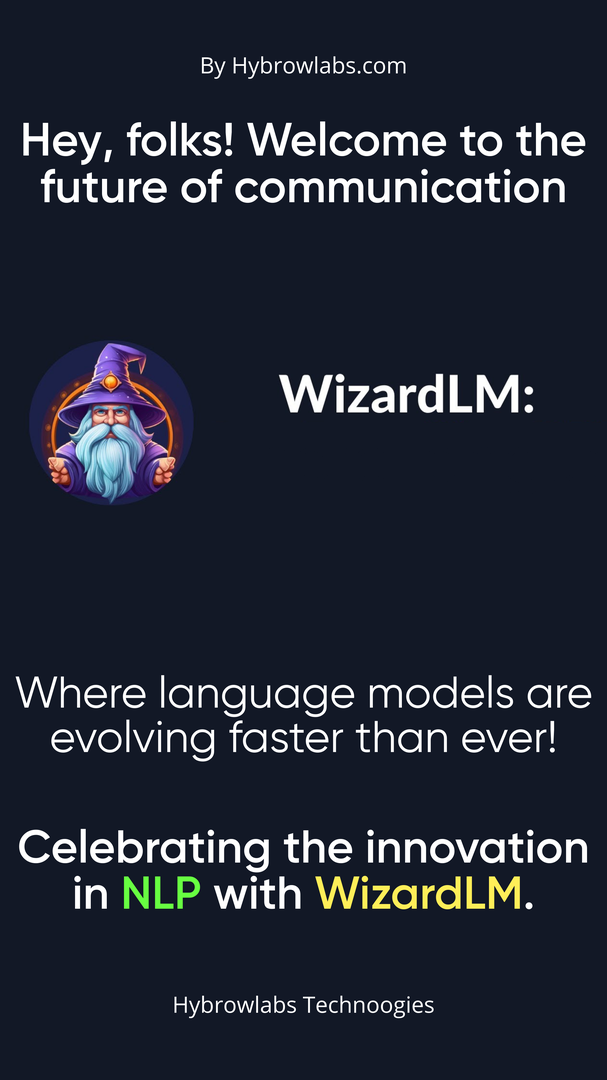
Welcome to the world of natural language processing (NLP), where language models are constantly evolving to meet the demands of modern communication. WizardLM represents the next frontier in NLP, offering a new level of sophistication & intelligence in language models by advancing instruction datasets. With WizardLM, language models are set to become even more sophisticated, opening up new possibilities for communication, research & innovation. However, there are important ethical considerations to keep in mind when developing & deploying advanced language models like WizardLM.
Today, we're going to explore a groundbreaking technology that's at the forefront of this evolution: WizardLM. So strap in and get ready to explore the cutting edge of language technology with WizardLM!
WizardLM: The Next Generation Language Model:
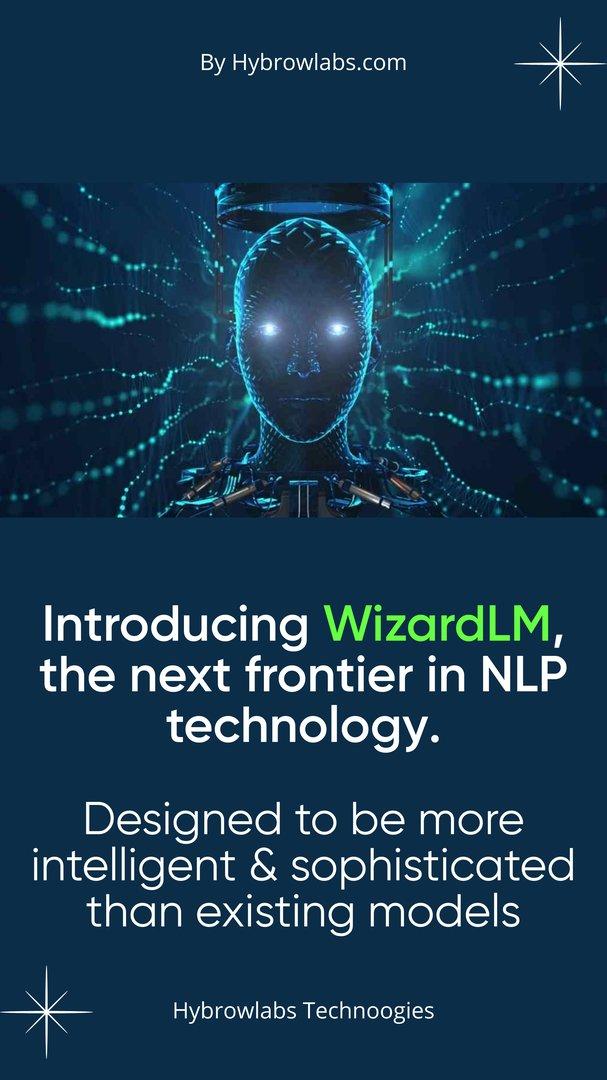
WizardLM is a language model that represents the next frontier in natural language processing (NLP). It is designed to be more intelligent & sophisticated than existing models by improving instruction datasets, which provide explicit instructions for machine learning models to follow. The goal of WizardLM is to build smarter language models that are capable of handling increasingly complex tasks, from language translation to sentiment analysis to question-answering.
What are the comparisons between WizardLM & other NLPs?
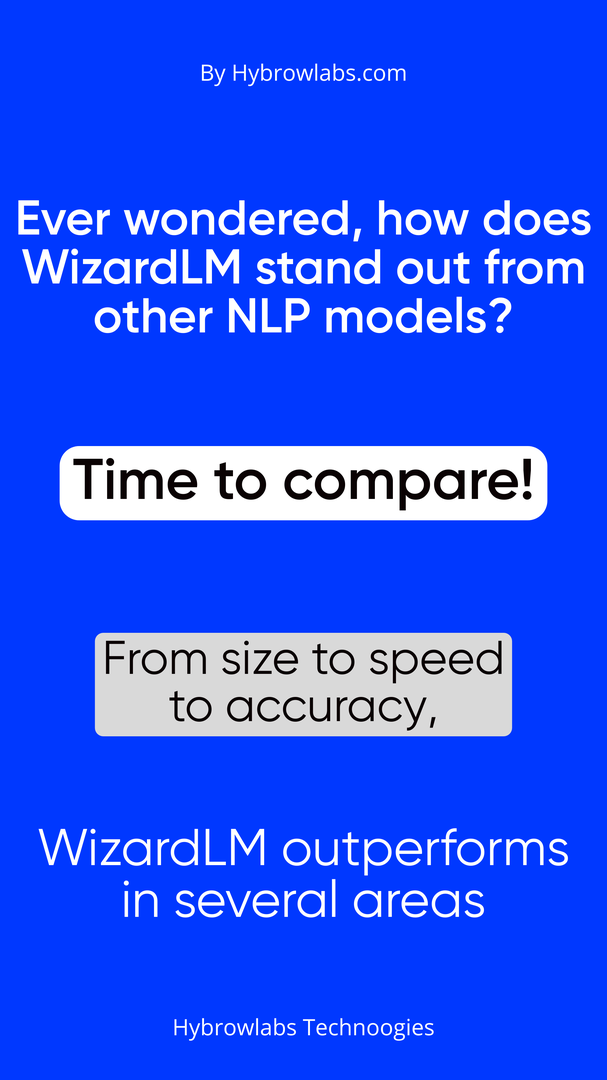
- Size: WizardLM is one of the largest language models, with up to 1.5 trillion parameters, surpassing other models like GPT-3.
- Training Data: WizardLM is trained on a diverse range of sources, including websites, books & scientific papers, whereas some other models are trained on a narrower range of data.
- Speed: WizardLM has a relatively faster training speed than some other large-scale NLP models.
- Accuracy: WizardLM has shown promising results in various NLP tasks, including language modeling, text generation & text classification, with lower perplexity & higher accuracy compared to some other models.
- Openness: WizardLM is an open-source project & the code and pre-trained models are publicly available, making it easier for researchers & developers to use and build upon.
- Customization: WizardLM allows for fine-tuning on specific tasks & domains, enabling users to create custom models with better performance on their specific use cases.
How WizardLM Builds a Smarter Language Model?
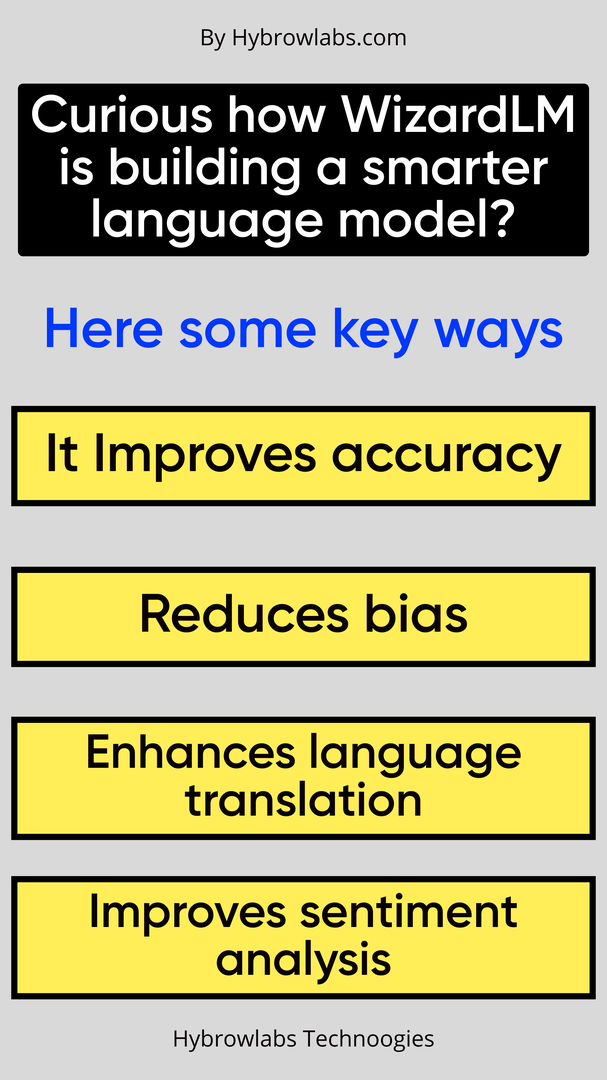
WizardLM builds a smarter language model by leveraging advanced natural language processing techniques & instruction datasets. Here are some key ways that WizardLM helps to build a smarter language model:
1. Improved accuracy & precision:
Advanced instruction datasets provide more detailed & comprehensive guidance for machine learning models, which can lead to more accurate & precise language processing. This means that language models can better understand the nuances & complexities of human language, resulting in more effective communication & decision-making.
2. Reduced bias:
Many existing instruction datasets are biased toward certain types of language or topics, which can lead to inaccurate or incomplete results. Advanced instruction datasets are designed to overcome these biases by providing a more diverse & representative range of language examples.
3. Enhanced language translation:
Advanced instruction datasets can enable more accurate & natural translations between different languages. This has important implications for global communication, cross-cultural understanding & international business.
4. Sophisticated question-answering systems:
With the help of advanced instruction datasets, question-answering systems can understand and respond to complex questions with greater accuracy & depth. This has important applications in fields like customer service, technical support & legal research.
5. Improved sentiment analysis:
Advanced instruction datasets can improve the accuracy & reliability of sentiment analysis, which is used in a wide range of applications, from marketing to political analysis.
6. Personalized learning experiences:
By using advanced instruction datasets, language models can develop more personalized learning experiences for students, enabling them to learn more effectively & efficiently.
7. Enhanced healthcare decision-making:
Advanced instruction datasets can help to analyze medical records & assist doctors in making better diagnoses & treatment decisions. This has important implications for improving healthcare outcomes & reducing costs.
Steps of Building a Smarter Language Model with WizardLM:
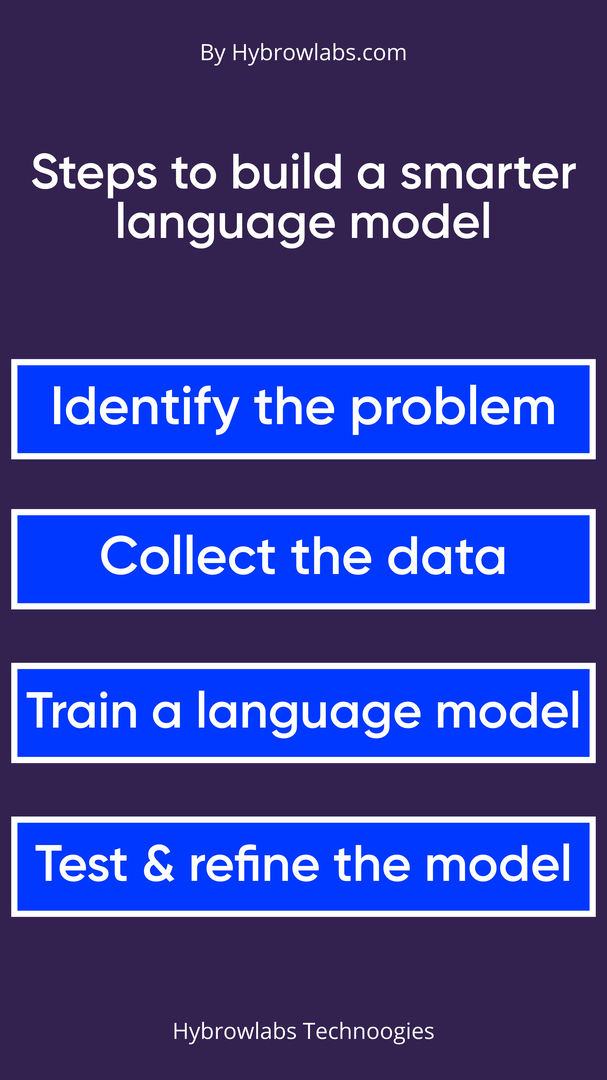
While these steps provide a general framework for building a smarter language model with WizardLM, the specific details will vary depending on the problem & the available data. Additionally, it is important to stay up-to-date with the latest developments & best practices in NLP, in order to take full advantage of the capabilities of WizardLM & other advanced language models.
1. Identify the problem:
The first step in building a smarter language model with WizardLM is to identify the specific problem or task you want to solve. This could be anything from language translation to sentiment analysis to question-answering systems.
2. Collect and preprocess data:
Once you have identified the problem, the next step is to collect & preprocess the relevant data. This may involve scraping text data from the web, cleaning & normalizing the data & preparing it for use in a machine-learning model.
3. Train a language model:
With the data prepared, the next step is to train a language model using WizardLM. This involves fine-tuning the pre-trained model using the specific data & task at hand & evaluating the model's performance.
4. Test and refine the model:
After training the model, it is important to test & refine it to ensure that it is accurate & efficient. This may involve evaluating the model's performance on a validation set, tweaking the hyperparameters & making other adjustments as needed.
5. Deploy the model:
Once the model is trained & refined, the final step is to deploy it in a production environment. This may involve integrating the model with other systems or applications, optimizing its performance & monitoring its performance over time.
Here's an example of how to use WizardLM to fine-tune a pre-trained language model for a specific task:
import transformersimport torchimport pandas as pd# Load pre-trained modelmodel_name = 'distilbert-base-uncased'tokenizer = transformers.AutoTokenizer.from_pretrained(model_name)model = transformers.AutoModelForSequenceClassification.from_pretrained(model_name)# Load and preprocess datadata = pd.read_csv('data.csv')texts = data['text']labels = data['label']encoded_data = tokenizer(texts.tolist(), padding=True, truncation=True, max_length=128)input_ids = torch.tensor(encoded_data['input_ids'])attention_mask = torch.tensor(encoded_data['attention_mask'])labels = torch.tensor(labels.tolist())# Fine-tune the modeloptimizer = transformers.AdamW(model.parameters(), lr=1e-5)loss_fn = torch.nn.CrossEntropyLoss()batch_size = 32epochs = 3for epoch in range(epochs):for i in range(0, len(input_ids), batch_size):batch_input_ids = input_ids[i:i+batch_size]batch_attention_mask = attention_mask[i:i+batch_size]batch_labels = labels[i:i+batch_size]outputs = model(batch_input_ids, attention_mask=batch_attention_mask, labels=batch_labels)loss = outputs.lossloss.backward()optimizer.step()optimizer.zero_grad()# Evaluate the modelwith torch.no_grad():outputs = model(input_ids, attention_mask=attention_mask)logits = outputs.logitspredictions = torch.argmax(logits, dim=1)accuracy = (predictions == labels).float().mean().item()print(f'Accuracy: {accuracy:.2f}')
In this example, we load a pre-trained DistilBERT model & fine-tune it on a dataset of text & labels. We then evaluate the performance of the fine-tuned model on the same dataset. This code demonstrates how WizardLM can be used to build a smarter language model for a specific task, using advanced natural language processing techniques & instruction datasets.
Conclusion:
In conclusion, WizardLM represents a major breakthrough in the field of natural language processing, with the potential to redefine our approach to language-related tasks across various industries. Developed by leveraging advanced instruction datasets and cutting-edge algorithms, this tool exemplifies the cutting-edge work of Hybrowlabs Development Services. Through their innovative work, WizardLM promises to build language models that are more accurate, efficient, and adaptable than anything we've seen before. Indeed, WizardLM is setting a new frontier in NLP. Its trailblazing advancements in instruction datasets and language models hold the potential to revolutionize the way we use and perceive language in a myriad of fields.
FAQ-
1. How does WizardLM compare to other language models?
WizardLM is unique in its use of advanced instruction datasets, which can provide more specific & structured training data compared to other language models. This can result in improved accuracy & performance for certain use cases.
2. Is WizardLM only useful for large companies & organizations?
No, WizardLM can be useful for organizations of all sizes, as well as individual developers & researchers. The use cases for language processing are diverse & can range from small-scale projects to large-scale data analysis.
3. How can developers & researchers get started with using WizardLM?
Developers and researchers can get started by accessing the WizardLM API & exploring the available instruction datasets. They can also find resources & support through the WizardLM community & online documentation.
4. What are some potential ethical concerns related to the use of language models like WizardLM?
Some potential ethical concerns related to language models include issues related to bias, privacy & accountability. It is important to consider these factors when developing & using language models in order to mitigate potential negative impacts.
5. What Are the Applications of WizardLM?
WizardLM can be used in various industries & domains, including finance, legal, customer service, marketing, healthcare, education & social media. Some use cases include analyzing large volumes of text data, developing intelligent tutoring systems, analyzing medical records & tracking customer feedback.



fd1068.png)


a3dc85.jpg)

.jpg)
fd8f11.png)

.jpg)
.jpg)